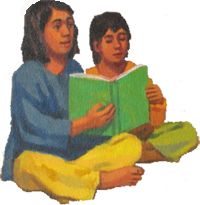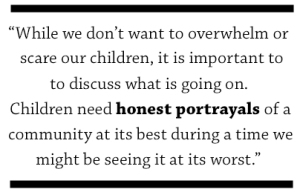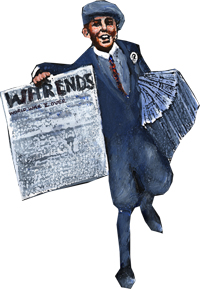 I highly recommend all educators and parents read a bookseller’s perspective on leveling systems, Lexile in this case, which we re-posted on our blog last week. There are great firsthand examples of parents and booksellers striving in earnest to help children improve in reading.
I highly recommend all educators and parents read a bookseller’s perspective on leveling systems, Lexile in this case, which we re-posted on our blog last week. There are great firsthand examples of parents and booksellers striving in earnest to help children improve in reading.
Regardless of where one comes down on leveling books and assessing students with leveling systems, last week’s post laid bare the lack of or breakdown in communication between all stakeholders about the tools used to assess children’s reading growth.
Whether a child’s reading abilities are measured using Lexile, Accelerated Reader, DRA or another, we must equip any and all stakeholders in a child’s education with knowledge about what these tools mean and concrete ways to further support the child.
Children spend 7,800 hours outside of school each year compared to 900 hours in school. The National Center for Families Learning asserts that “the family unit—no matter the composition—is the one constant across the educational spectrum.” I am extending the definition of a child’s family to include afterschool volunteers, librarians, booksellers, pediatricians, and anyone else involved in a child’s education journey.
 Below are strategies for strengthening the communication lines, sharing resources and context, and building a community invested in each child’s education. In doing so, we show our students, children, and customers that they have a whole team cheering for them and invested in their growth, joy, and success.
Below are strategies for strengthening the communication lines, sharing resources and context, and building a community invested in each child’s education. In doing so, we show our students, children, and customers that they have a whole team cheering for them and invested in their growth, joy, and success.



 As we cluster in workshops, around webinars, and near the water cooler, we are already thinking about and preparing what skills and knowledge we want to teach. Yet, to truly have a successful year, let’s ponder an additional question: who do we want to teach?
As we cluster in workshops, around webinars, and near the water cooler, we are already thinking about and preparing what skills and knowledge we want to teach. Yet, to truly have a successful year, let’s ponder an additional question: who do we want to teach?


 2.
2. 





